INCLUSION AND DIVERSITY
Learn more about the importance of inclusion and diversity in Global Citizenship Education.

The United Nations Convention on the Rights of Persons with Disabilities (2008) was an important milestone in the broader social, political, and educational policy discussion of inclusion. The purpose of the Convention is to promote, protect, and ensure the full and equal enjoyment of all human rights and fundamental freedoms by all persons with disabilities, and to promote respect for their inherent dignity.
One of the basic ideas is that a person is not disabled because of individual limitations or qualities, but because of barriers in the social and physical environment. Accordingly, inclusion is about breaking down barriers and shaping society in a way that makes it possible for everyone to participate on equal footing.
Dismantling all barriers in order to enable the equal participation of all people is a very ambitious goal. Inclusion will never be completely achieved, but it can be seen as the process of designing concepts, institutions, learning materials, and learning settings which are adapted to individual needs. Personal attributes are taken into account, for example: individuals who are highly gifted, physical or cognitive limitations, gender, ethnic background, age, levels of language knowledge, and social and economic backgrounds. Inclusion also means embracing diversity and overcoming other exclusion mechanisms such as racism and sexism. Inclusive Global Citizenship Education addresses all learners equally to meet their individual needs.
Inclusion is an important aspect of the Sustainable Development Goals, which were adopted by the UN in 2015 and define 17 Global Goals at the ecological, social, and economic levels. Goal 4 is: Ensure inclusive and equitable quality education and promote lifelong learning opportunities for all.
